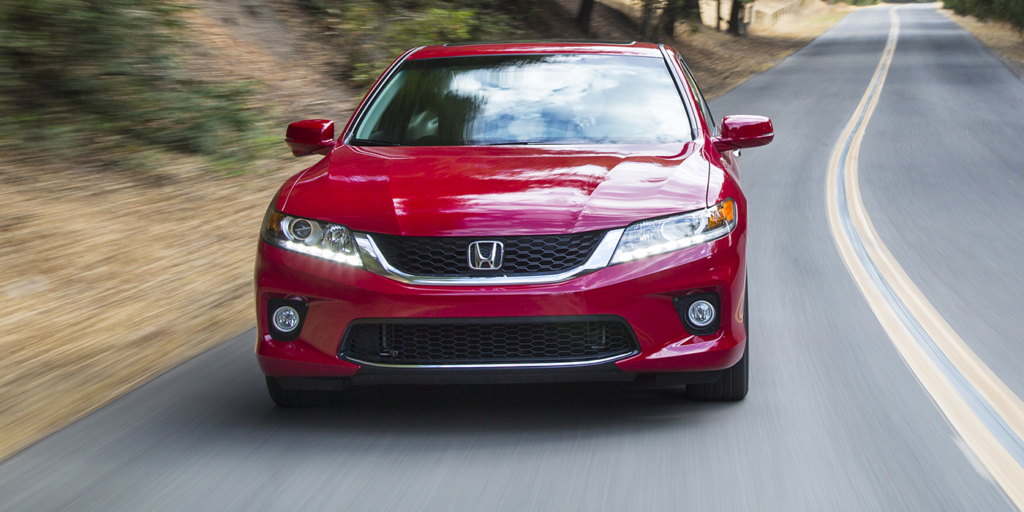Models
All Nissan vehicles with ABS or ABS/VDC.
Conditions
• Clicking, knocking, clunking, buzzing, or thumping noise coming from the engine compartment area.
• The noise occurs only once during the first few seconds of driving at approximately 16 MPH.
• The noise occurs only once per ignition cycle (ignition OFF > ON) and does not occur again until the ignition is cycled.
• The noise may be louder after the vehicle has not been operated for a prolonged period of time.
• The noise may be more noticeable during cold weather.
Cause
The above condition is normal and does not need repair. Each time the ignition is turned on and the vehicle is driven at about 16 mph, the ABS/VDC system performs a “Self-Check” to confirm components of the ABS/VDC system are operating correctly.
This “Self-Check” function creates the noise described above. If the brakes are being applied when the “Self-Check” occurs, a vibration may be felt in the brake pedal and an increased level of noise may be noticed. Refer customers to the Owners Manual, Section 5, Starting and driving, Brake system on the Anti-Lock Braking System (ABS). The “Self-test feature” section provides an additional explanation.
The speeds described above refer specifically to Versa, Sentra, Altima and Maxima. However, any vehicle fitted with ABS or ABS/VDC will have a “Self-Check” which is triggered in similar circumstances.
Courtesy of AllData
Hyundai
No Pressure, No Start
Vehicle:
2003 Hyundai Santa Fe LX 2.7L
Below is a Real Fix from Mitchell 1’s new SureTrack expert information source. These documented issues from actual shop repair orders o help you correct issues that are not easily diagnosed using OEM information alone.
Normal requirements for starting are fuel, spark and compression, but what about oil pressure? Follow this Real Fix to see how a faulty oil pressure switch caused a no-start condition on this Hyundai Santa Fe.
Complaint
The customer stated the engine will not start.
Cause
The technician
confirmed the customer’s complaint and found the engine did not start. Next, the technician connected a spark tester to each spark plug and cranked the engine. He found the spark tester illuminated brightly as the engine was cranked. When a fuel pressure gauge was connected, the reading was 0 PSI.
The next step was to connect a scan tool, looking at the engine performance parameter data, no engine oil pressure switch signal present. Upon inspection of the switch, the switch’s harness connector was saturated with engine oil, which indicated the engine oil pressure switch was leaking.
To check the integrity of the circuit, a multi-meter was used to test for power at the engine oil pressure switch harness connector with the engine cranking. Power and ground were present at the connector. A fused jumper wire was connected to bypass the engine oil pressure switch and the engine started, which confirmed the engine oil pressure switch was faulty.
Correction
Replaced the engine oil pressure switch and verified the vehicle operated properly. The customer’s concern did not return.
Courtesy of Mitchell 1 ProDemand















